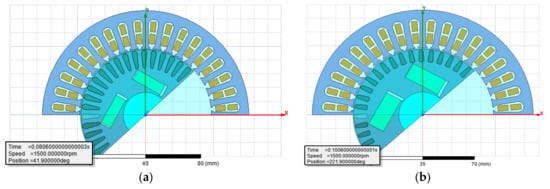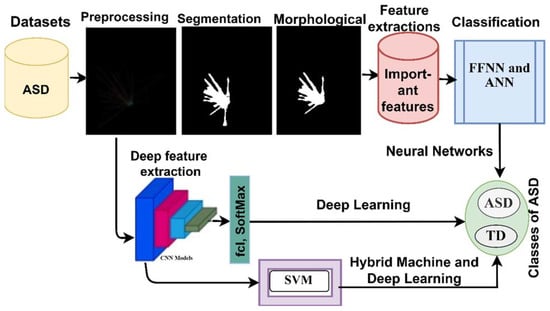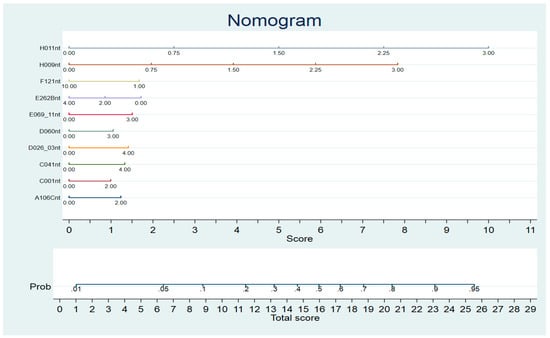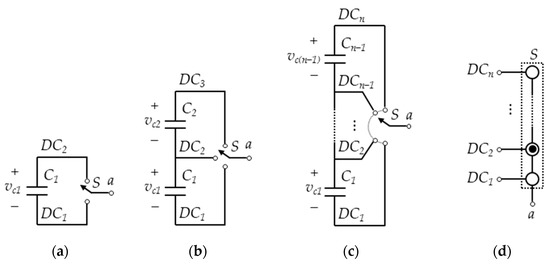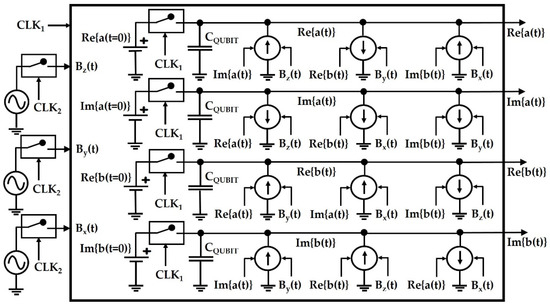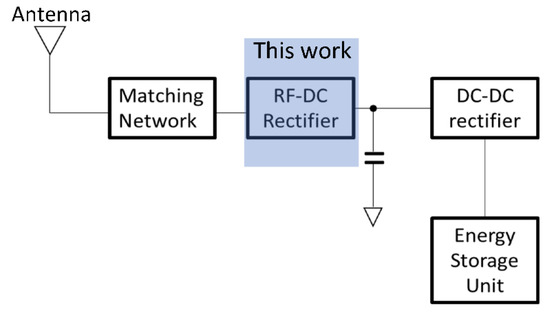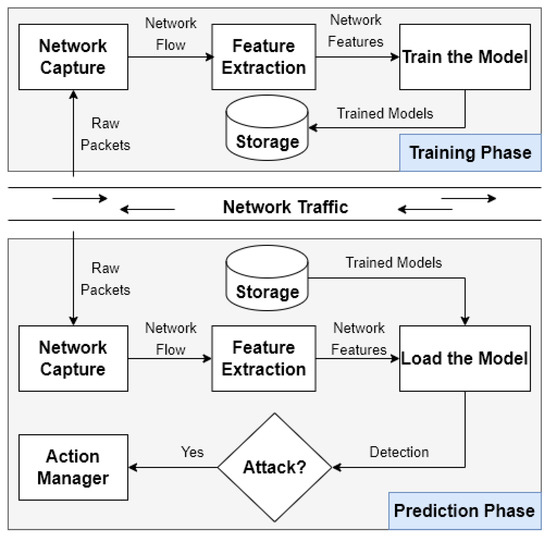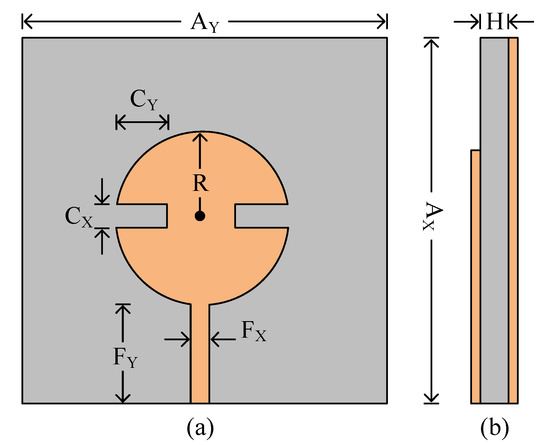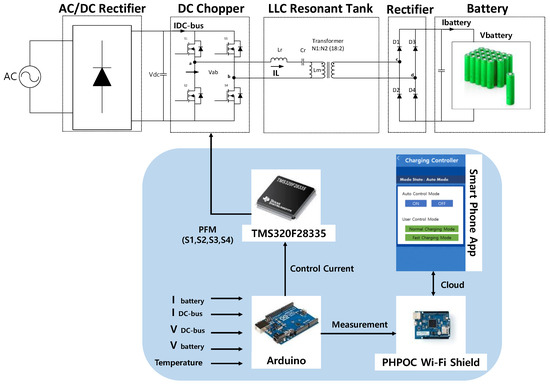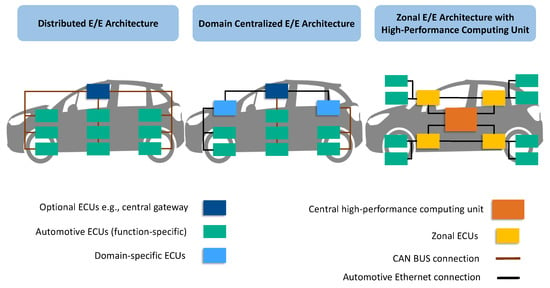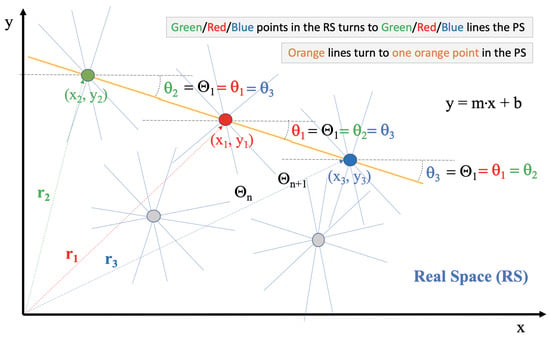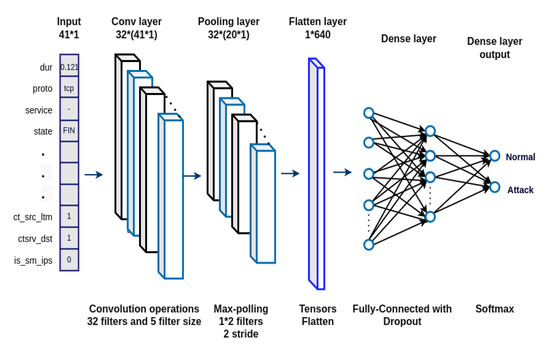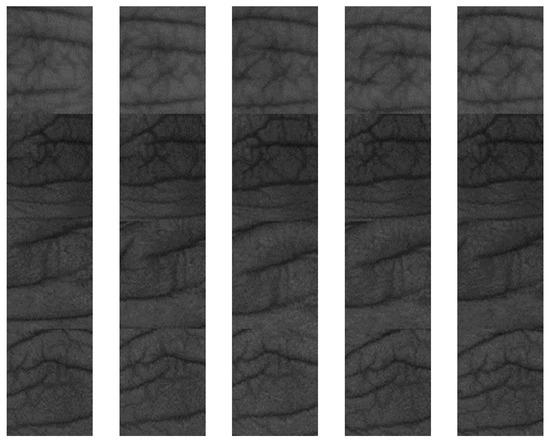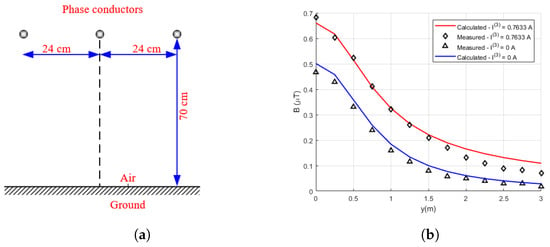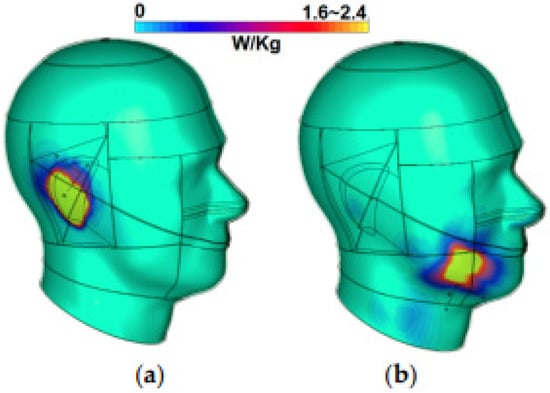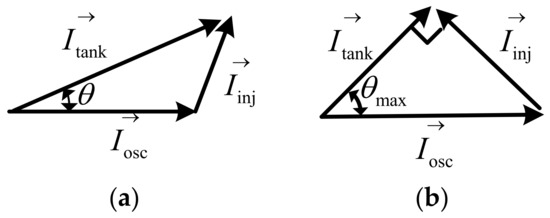Electronics 2022, 11(4), 535; https://doi.org/10.3390/electronics11040535 - 10 Feb 2022
Cited by 17 | Viewed by 5074
Abstract
This research concerns the design and development of an assistive system based on eye tracking, which can be used to improve the quality of life of disabled patients. With the use of their eye movement, whose function is not affected by their illness,
[...] Read more.
This research concerns the design and development of an assistive system based on eye tracking, which can be used to improve the quality of life of disabled patients. With the use of their eye movement, whose function is not affected by their illness, patients are capable of communicating with and sending notifications to caretakers, controlling various appliances, including wheelchairs. The designed system is divided into two subsystems: stationary and mobile assistive systems. Both systems provide a graphic user interface (GUI) that is used to link the eye tracker with the appliance control. There are six GUI pages for the stationary assistive system and seven for the mobile assistive system. GUI pages for the stationary assistive system include the home page, smart appliance page, eye-controlled television page, eye-controlled air conditional page, i-speak page and entertainment page. GUI pages for the mobile assistive system are similar to the GUI pages for the stationary assistive system, with the additional eye-controlled wheelchair page. To provide hand-free secure access, an authentication based on facial landmarks is developed. The operational test of the proposed assistive system provides successful and promising results.
Full article
(This article belongs to the Section Bioelectronics)
►
Show Figures




